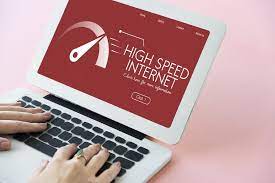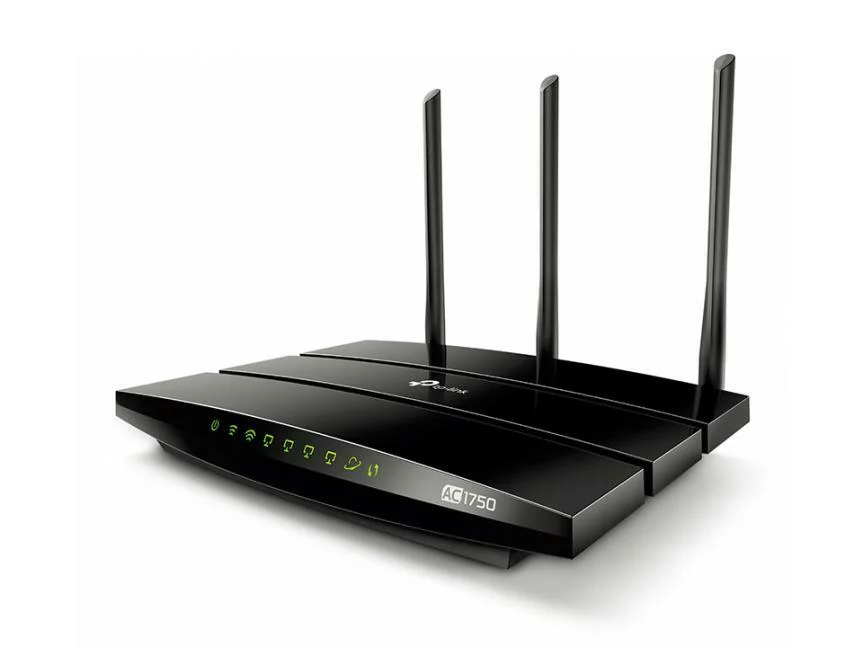In today’s digital age, where staying connected is crucial, Wi-Fi hotspots have become a common means of accessing the internet on the go. Whether you’re traveling, working remotely, or simply need an alternative to your home network, Wi-Fi hotspots provide convenient connectivity. However, it’s important to keep an eye on your Wi-Fi diet and understand how much data your hotspot is consuming. In this article, we’ll delve into the world of Wi-Fi data usage and explore how different activities impact your data consumption.
How much hotspot data do you need?
You need at least 2GB of data per month for a mobile hotspot or cell phone hotspot. That’s enough to cover a day or two of intermittent video streaming, online gaming, and web browsing.
You likely need more than that if you plan to use a hotspot regularly throughout the month—and you definitely need more data if you plan to use your personal hotspot for multiple users and devices. But most people only use hotspots occasionally, so don’t feel like you need to get a whole bunch of hotspot data upfront if it’s not necessary.
| Internet activity | Minimum recommended data per hour |
|---|---|
| Streaming video in SD | 500MB |
| Making video calls on Zoom (SD resolution) | 340MB |
| Online gaming | 200MB |
| Web browsing and checking email | 200MB |
| Streaming music or podcasts | 60MB |
Understanding Wi-Fi Hotspots
Before we dive into data usage, let’s start by understanding what a Wi-Fi hotspot is and how it works. A Wi-Fi hotspot is a location or device that allows wireless internet access using radio waves. It acts as a bridge between your device and the internet, enabling you to connect to the web without relying on cellular data.
How much hotspot data do you use? A task-by-task breakdown
To give you a better idea of how much data a mobile hotspot uses, we broke things down according to specific tasks.
Before we jump into the deets, here are a few important things to keep in mind when you’re using a personal hotspot.
- You use more data when you connect more devices.
- Streaming video uses up a lot of data.
- Downloading files can add up to big data usage.
Browsing and streaming music only uses a tiny amount of data
You don’t use very much mobile hotspot data when you send emails, read the news, scroll social media, shop online, or stream music and podcasts. Even online gaming has a relatively modest impact on your hotspot data.
If this constitutes the bulk of what you do on a hotspot, then you don’t need to worry about investing in a pricey hotspot data plan. You also don’t need to count your gigabytes as closely for fear of exceeding your data limit.
| Activity | How much data it uses | How much time it takes to use 1GB |
|---|---|---|
| Online gaming | 200MB per hour | 5 hours |
| Web browsing | 180MB per hour | 5-6 hours |
| Scrolling/posting on social media | 90MB per hour | 10-11 hours |
| Streaming audio | 60MB per hour | 18-19 hours |
| Sending/receiving emails | 40MB per 100 emails | 2,500 emails |
Factors Affecting Data Usage
Several factors can affect the amount of data consumed by a Wi-Fi hotspot. These include the quality of the connection, the number of connected devices, the type of activities being performed, and the data compression techniques employed by specific applications. It’s essential to be aware of these factors as they play a significant role in determining your overall data usage.
Every file you download counts towards your data
The size of a file you download roughly equals the amount of cellular data you use to download it. You’re fine downloading a PDF from a client, but stay away from the big stuff like video files or hard-drive backups. Save those downloads for when you’re back home on your regular Wi-Fi.
| Download | How much data it uses |
|---|---|
| A six-page PDF | 5.9MB |
| An HD movie | Approx. 4GB |
| A video game or game update | Approx. 20-60GB |
Types of Activities and Data Usage
Different activities have varying data requirements when using a Wi-Fi hotspot. Let’s explore some common activities and their associated data usage:
Streaming Services and Data Consumption
Streaming services, such as Netflix and YouTube, have revolutionized the way we consume media. However, streaming high-definition videos can consume a significant amount of data. On average, streaming an hour of standard-definition video can use around 1 GB of data, while streaming the same content in high-definition may consume up to 3 GB of data.
Gaming and Data Usage
For gamers, playing online through a Wi-Fi hotspot can be both entertaining and data-intensive. Online gaming typically consumes between 20 MB and 200 MB of data per hour, depending on the game and the number of players involved. It’s worth considering these figures if you’re an avid gamer relying on a Wi-Fi hotspot.
Web Browsing and Social Media
Web browsing and social media usage generally
have a relatively low data consumption compared to streaming and gaming. Browsing websites, checking emails, and scrolling through social media feeds typically use a few megabytes of data per minute. However, data usage can vary depending on the content being accessed and whether it includes images, videos, or interactive elements.
Video Calls and Conferencing
Video calls and online conferences have become increasingly popular, especially with the rise of remote work and virtual meetings. Conducting video calls through a Wi-Fi hotspot can consume a considerable amount of data. On average, a one-hour video call on platforms like Zoom or Skype can use between 500 MB and 1.5 GB of data, depending on the video quality and the number of participants.
Wi-Fi Data Monitoring Tools
To keep track of your Wi-Fi data usage, there are various tools and apps available that can help. These tools provide real-time information about your data consumption, allowing you to monitor and manage your usage effectively. Some popular Wi-Fi data monitoring apps include Data Usage Monitor, My Data Manager, and GlassWire.
Tips to Manage Wi-Fi Data Usage
If you’re concerned about exceeding your data limits or want to optimize your Wi-Fi data consumption, here are some tips to consider:
- Monitor your data usage regularly using the aforementioned tools.
- Connect to Wi-Fi networks whenever possible to reduce reliance on cellular data.
- Limit streaming and downloading large files on your hotspot.
- Adjust video quality settings on streaming platforms to lower data consumption.
- Close background apps and disable automatic updates to minimize data usage.
By implementing these tips, you can effectively manage and control your Wi-Fi data consumption while staying connected on the go.
Advantages of Monitoring Wi-Fi Data Usage
Monitoring your Wi-Fi data usage offers several benefits. Firstly, it allows you to stay within your data limits, avoiding unexpected charges or throttled speeds. Secondly, it helps you identify data-hungry apps or activities that may be unnecessarily consuming your data. Lastly, monitoring data usage enables you to make informed decisions about your internet usage and optimize it according to your needs.
Conclusion
Keeping an eye on your Wi-Fi data usage is crucial in today’s digital landscape. By understanding the factors affecting data consumption and being aware of the data requirements of different activities, you can manage your Wi-Fi diet effectively. Utilize Wi-Fi data monitoring tools, implement data-saving tips, and stay mindful of your data usage to make the most out of your Wi-Fi hotspot experience.
FAQs
Absolutely! Wi-Fi hotspots provide a convenient alternative to your home internet, especially when you’re on the move or traveling. However, it’s important to keep track of your data usage to ensure you don’t exceed any limitations or incur additional charges.
To reduce data consumption while streaming videos, you can lower the video quality settings on the streaming platform. Choosing a lower resolution, such as 480p instead of 1080p, significantly reduces data usage without compromising your viewing experience.
Yes, there are several free Wi-Fi data monitoring apps available for both Android and iOS devices. Some popular options include Data Usage Monitor, My Data Manager, and GlassWire.
Yes, you can play online games using a Wi-Fi hotspot. However, keep in mind that online gaming can consume a considerable amount of data. Monitor your data usage and consider the limitations of your hotspot plan to ensure a smooth gaming experience.



